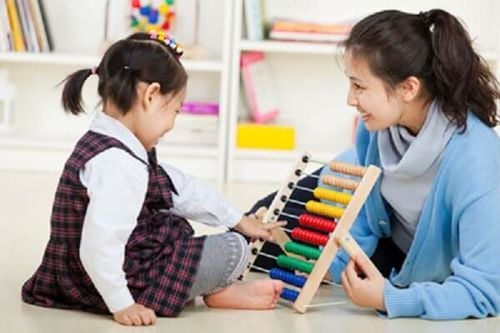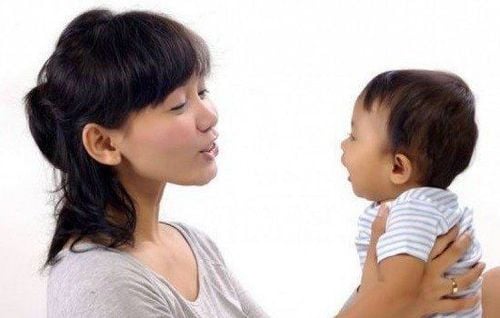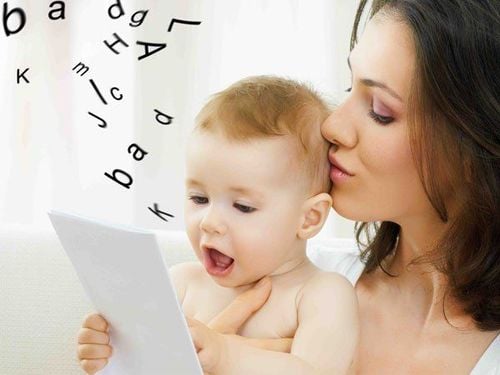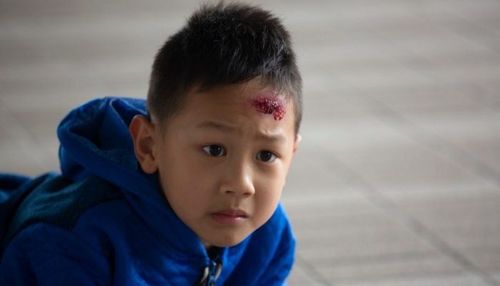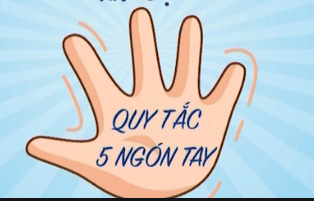This is an automatically translated article.
Posted by Master Music Therapist - Unit of Regenerative Medicine Clinic and Educational Psychology - Vinmec Times City International General Hospital.
Music Education is music teaching activities such as dancing, singing, dancing, playing musical instruments, folk games, listening to music... in order to bring learners understanding, feeling, entertainment as well as entertainment. like developing a musical talent.
Music therapy is the use of physiological, psychological and social activities of Music for the purpose of overcoming mental and physical impairments, improving quality of life and changing behaviors. problems of children with autism.
Music Therapy is provided by a therapist who specializes in children with autism, based on assessment tests and sets out goals of Music activities to achieve the goal of overcoming the disabilities of children with autism.
So, Music Therapy is to come up with specific plans and goals to use Music to overcome disabilities for children with autism. If there is no separate curriculum, separate plans built for each child, it is just a Music activity.
1. Is Musical Activity Necessary for Children with Autism?
Of course it is necessary, just as we need music as a entertainment need of life, so special children need music as well. Music is also a link connecting children with the community. Do not think that autistic children have limited cognitive ability, do not understand the rules, and behave inappropriately, so they cannot participate in Music activities. The problem is that we just don't understand the child, don't know how to guide in a way that the child can understand. Because children with autism always follow a routine, they need a clear schedule and need specific and careful instructions. Because children cannot express their views, do not know how to express their wishes, there are behaviors just to relieve tension in the body.
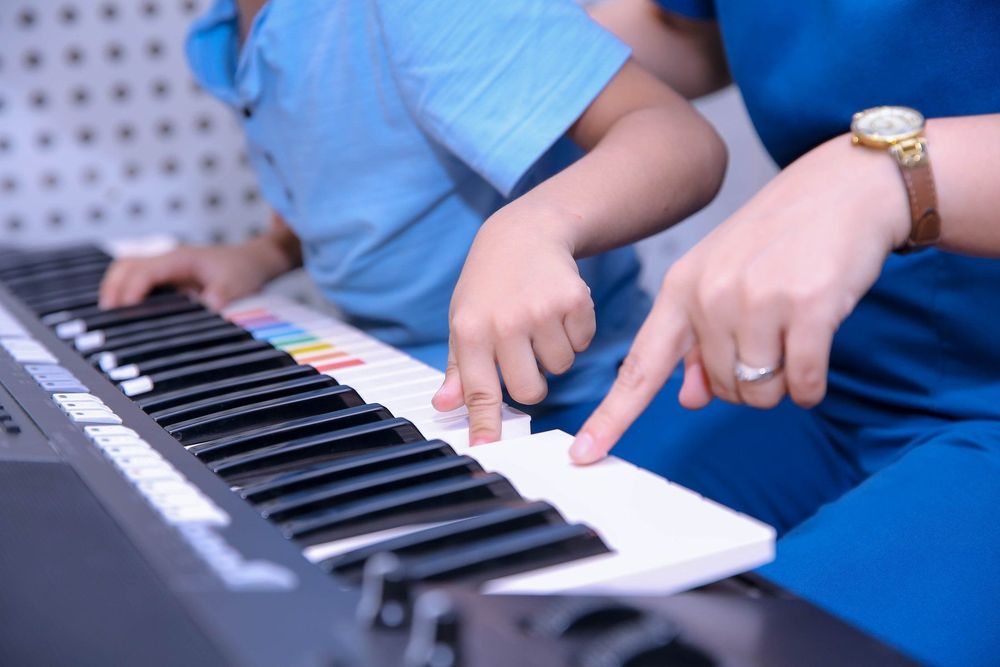
Music therapy is a branch of health care science that uses appropriate music as a tool to assist many people in achieving holistic health goals. Interactive music therapy includes a variety of techniques specifically designed to help children and adults.
2. Some techniques used to integrate music therapy
Creativity with musical instruments Movement exercises Listening to music repeatedly with headphones Music and images Composing Music with other creative arts Rhythmic therapy

3. General benefits that music brings
Music that encourages movement Music that captures and sustains attention Music that releases emotions People of all abilities can participate Music affects all areas of the brain Music Enabling better learning Over the years, therapists, healthcare professionals, and educators have come to understand the power of music. Music includes elements of sound and rhythm that communicate with the human body. We can begin to learn another language when we tap into the alluring power of music.
In The Well Ballance Child, written by Sally Goddard Blythe, she describes music as a child's second language. She defines a child's first language as movement, and movement translates into language as children discover their own movements and their environment. Before saying clear words, children make sounds and babble. Babbling includes melody, pitch, and rhythm. Babies will imitate adult speech rhythms and adult sounds. This is a symphony of sounds so your baby's vocabulary will be built when ready.

Did you know that listening or singing along with music uses the same neural circuits as verbal expression? Music, rhythm, tempo, beats, even lyrics share the nervous system used for language. Therapists can use this ability to help a child who has difficulty with language and speech skills to communicate. Children with developmental disorders or with autism and other obstacles will find it very difficult to communicate. Music therapy helps with interpersonal interactions and emotions, and supports communication skills.
Music therapy helps many children with speech, language, hearing, balance, coordination and emotions. Music combined with movement helps balance and better support learning for the brain. Early language concepts are difficult for many children, as using music and movement helps the brain by breaking it down into lower levels (balance, coordination, vestibular, auditory) to unlocks higher learning concepts that impact higher brain functions (problem solving, critical thinking, communication, speech, language, reading, writing, and math). Music therapy can be one way to improve your child's learning.
Please dial HOTLINE for more information or register for an appointment HERE. Download MyVinmec app to make appointments faster and to manage your bookings easily.
Reference article source: ilslearningcorner.com




